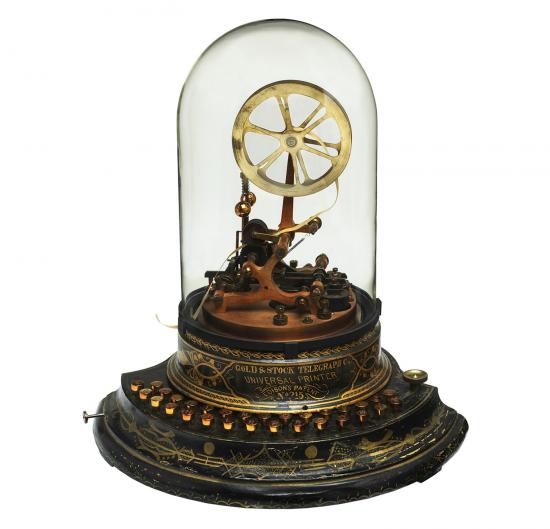
Our training is ready to go…are you?
The long wait is over, ISO has released the final drafts for both ISO 9001 Quality Management systems and IS0 14001 Environmental Management systems in line with the 10 clauses of the ISO high level structure. Plus, Exemplar Global has now compiled and issued the performance criteria for training providers.
At the Auditor Training Centre we have been busy developing new courses that reflect the more risk based, business focussed and contextualised approach to management systems….And we like it.
As we have highlighted before in previous blogs some real key changes will ensure management systems from now on have increased focus on the actual organization and its business processes.
Primarily, a risk-based approach to system management is now required, which include risks to;
- The customer (quality),
- The community (environment), and of course
- To people (OHS)
These specific risks for the organization need to identified, assessed, prioritized and managed.
In order to help identify these risks, organizations will need to understand the context in which they operate. This means both the external and internal issues that do, or couldimpact on them as a business.
Issues of external context include things like;
- cultural,
- technological,
- social and economic environments,
…whether local, national or international.
Internal context issues will include;
- culture,
- performance, and
- knowledge.
Also introduced is that the management system must now align with the businesses strategic direction – this is very interesting as in many existing management systems the “system” is often quite devoid of those people setting the strategic direction of the business. This leads us to another area of increased focus – leadership.
In earlier versions of ISO 9001 and ISO 14001, the term top management is used, and these people had certain responsibilities; defining policies and objectives, providing resources, and reviewing the performance of the system. In many instances these were often delegated duties…and these responsibilities were spread throughout the standards.
However, in the new ISO 9001 and ISO 14001 in line with the ISO high level structure (HLS) a whole clause is dedicated to leadership, and top management now has to ‘demonstrate’ leadership, including such things as;
- taking accountability for the effectiveness of the system,
- ensuring the integration of the system requirements in to the organization’s business processes,
- promoting risk based thinking
- engaging, directing and supporting persons
- supporting other managers to demonstrate their leadership.
The changes mentioned above are generic across all new management systems standards with the HLS, However we must remember that the target market for these two standards are different. Now we are going to look at specific changes for each. Arguably, these changes were present in the previous standards, but have been emphasised or expanded on in the new release.
ISO 9001:2015 Quality Management Systems
 Firstly, we will look at ISO 9001 and the increased focus on the process approach. The process approach has been around in ISO 9001 for a while, at least since ISO 9001:2000 and some would say even earlier, requires organizations to identify their own processes and the sequence and interaction of these processes.
Firstly, we will look at ISO 9001 and the increased focus on the process approach. The process approach has been around in ISO 9001 for a while, at least since ISO 9001:2000 and some would say even earlier, requires organizations to identify their own processes and the sequence and interaction of these processes.
So what has changed now?
Not only does ISO 9001 require business processes to be identified along with how theyinterrelate to each other, but it also wants the inputs and outputs of these processes to be determined. ISO 9001:2015 does not specifically say that these inputs and outputs need to be documented, only that they need to be determined. However, it also states that documentation is to be maintained to support the operation of its processes, which for many people will mean documented.
ISO 14001:2015 Environmental Management Systems
Secondly, let us look at ISO 14001 with its focus on environmental aspects and impacts and improved environmental performance. Now ISO 14001 has always wanted organizations to identify and manage their significant impacts with the overarching goal of improving their performance with regard to the environment.
So what has changed now?
The new ISO 14001:2015 still requires this but goes further in requiring an organization to apply a life cycle approach to the identification of its environmental aspects. Using this life cycle approach an organization should be considering these typical stages;
- extraction of raw materials,
- design,
- production,

- transportation,
- use, and
- end-of-life treatment.
Now, in some cases, this will not be a detailed assessment because an organization only need consider what it can control or influence, but it many organizations especially large ones just having an aspects and impacts register will no longer be sufficient.
So our courses have been developed, are trainers are up to date, and we are ready to go….so if you want your qualification to be up to date and you want to know what the new ISO 9001:2015 and ISO 14001:2015 have in store for you, book your place on one of our up and coming courses.
Contact us: Quality Foundation – +91 94340 61138 or qualityfoundation.slg@gmail.com












